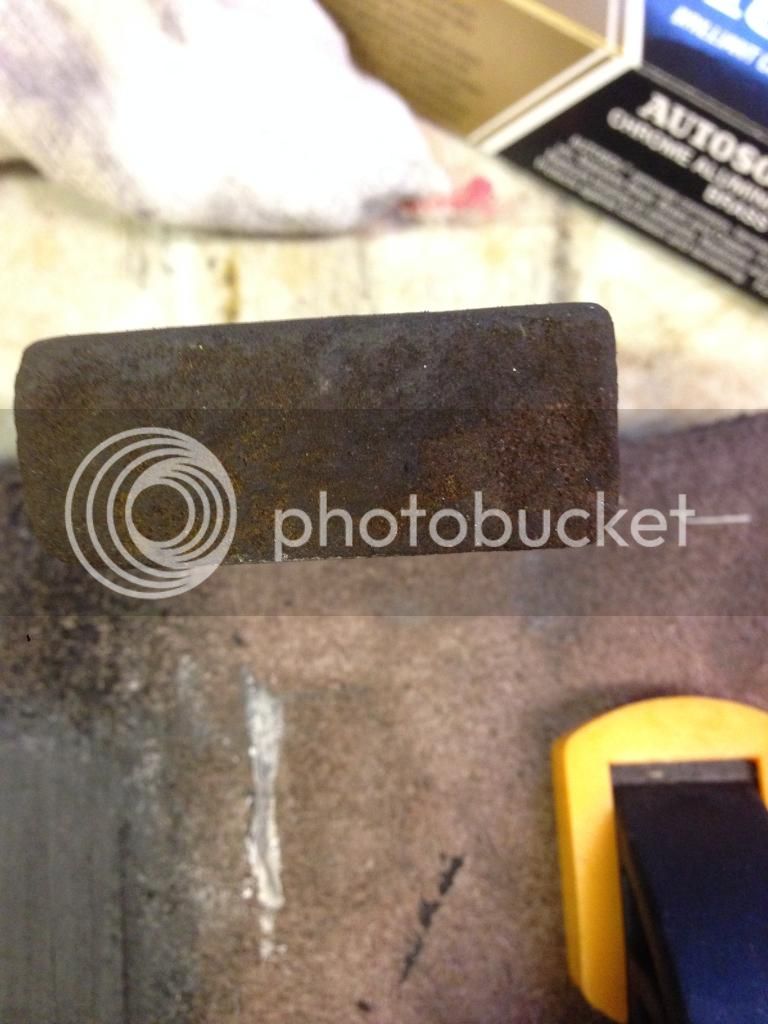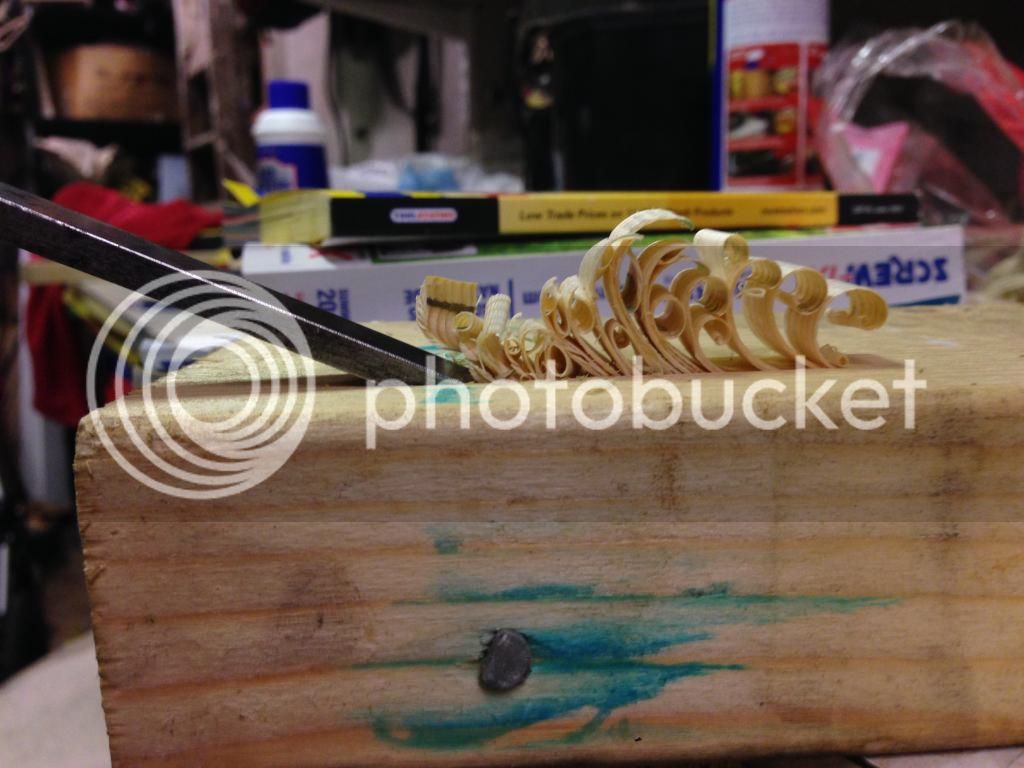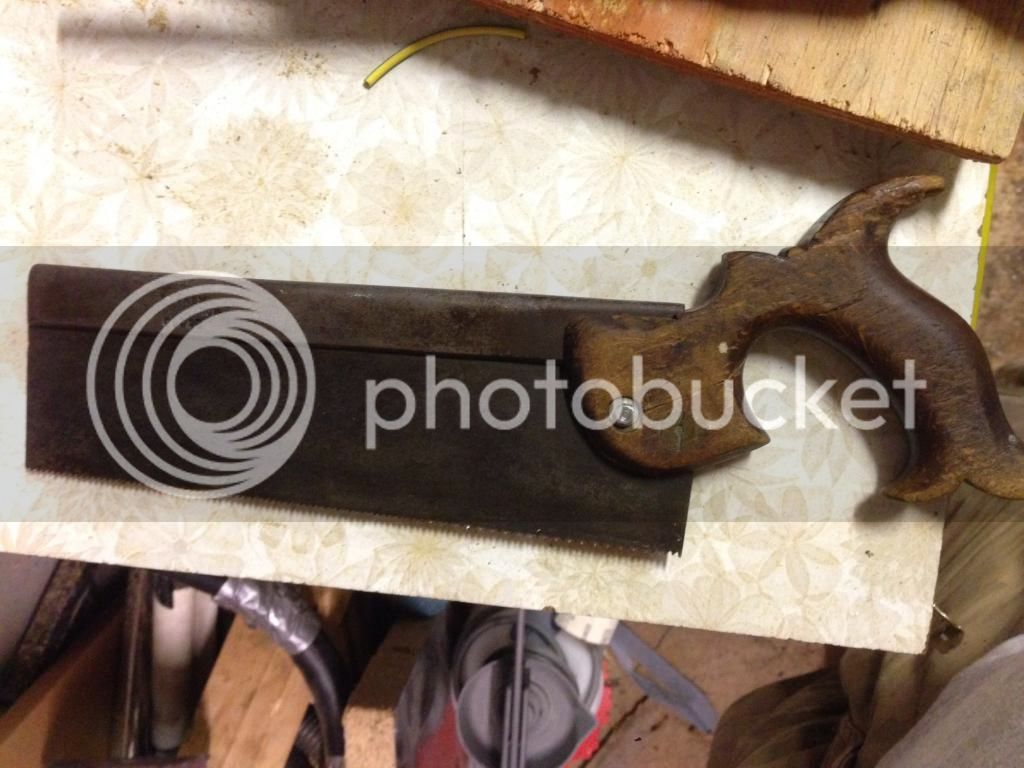Thanks Andy. You're a star! I'll have another think about to what extent I shall restore these items but I must admit to liking shiny things so we shall have to wait and see!
As regards sharpening the chisels: I have already sharpened them all on the South African carbonundurom stone. I'd never used an oilstone before but got the hang of it after a few minutes and judging by the bare patches of shaved skin on my left arm they are good to go in that respect!
On the topic of oilstones I've had another look at the smaller one and discovered it is actually a two grit one but very different to the larger stone. I had thought it was all the same mucky colour but on closer inspection it is actually two tone with the finer side a chocolatey brown and the coarser one a strong coffee sort of colour. More peculiarly the line isn't totally even between the two sides and has some areas where they sort of to into each other - like its a natural stone or something. But that wouldn't make sense as you don't get natural course/fine stones do you? Here's what I mean:

Is anyone familiar with stones like this? The finer side feels almost creamy by texture.






































